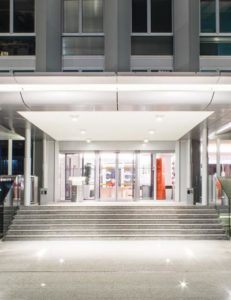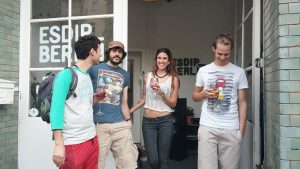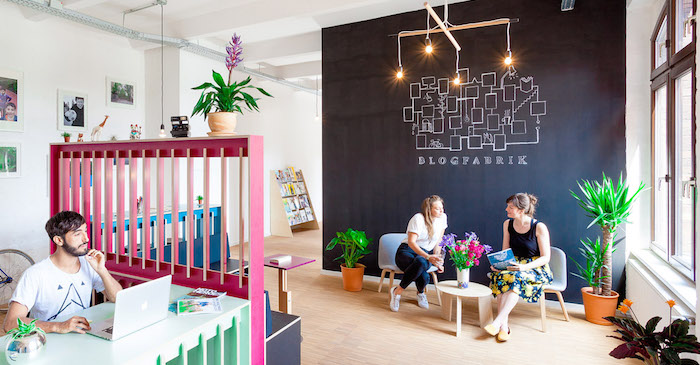Copernico is one of the biggest coworking players in Italy. We have interviewed Luca Pasqualotto, Vice-President and Development & Asset Management of Copernico, to find out more about the italian coworking market and Copernico’s mission, vision and future plans.
Hi Luca. What can you tell us about Copernico story and positioning?
Copernico was incorporated in 2016 as the spin-off of the flexible-offices activities previously managed by Halldis, one of the main service apartments operators in Europe. Copernico is currently the main coworking and flexible office operator in Italy, managing 13 buildings, about 72,000 square meters, 8,000 members and growing with new openings in 2019 and 2020 in many Italian cities. It’s positioned as a platform that helps SMEs, large corporations and freelances to work, meet and boost their activity in a physical and social environment appositely designed and managed for their needs.
You once said: “It’s important to build up a strong footprint in your home country before moving abroad”. Why?
We believe that links with the local ecosystem are key to really get in touch with companies and people, then scaling to different cultural, social and business environments. Our goal is to become the point of reference for companies and professionals in Italy first and expand to other countries after that. We believe that links with the local ecosystem are key to really get in touch with companies and people, then scaling to different cultural, social and business environments.
Are there any elements in your offering that makes it specifically «Italian»?

Copernico Centrale, Milan
Most of our suppliers (furniture, food & beverage), for instance, are Italian, as well as our employees, but what makes us more effective in the local (currently Italian market) is our custom approach to the needs of our customers in order to understand their needs and create tailor solutions that make them feel at home. Doing so, we are capable to attract and retain our customers for long-term stays that can even be considered often partnerships.
Most of our suppliers (furniture, food & beverage), for instance, are Italian.
What drives the demand for coworking in Italy, nowadays, would you say?
Coworking and flexible offices solutions are more and more asked from all companies and professionals, since they need all-inclusive workspace solutions that help them to focus on their own core business, be flexible, know exactly how much they spend, and benefit from unique business and social networking and boosting opportunities, that are not possible in traditional offices.
Looking from abroad, Italy seems to have been a bit shier than other European countries in terms of coworking penetration. Is it a wrong impression?

Event at Copernico
In Italy there are currently only 2 players that are as relevant as Copernico, with a 3rd one soon opening, while all the others are very small, local and independent operators with few resources and ambitions. In my opinion that is mainly due to a lower degree of maturity of the Italian real estate industry in comparison with other markets in Europe. Also, the Italian real estate market is very fragmented both in geography and in value terms, with many 2nd tier cities (only Milan and Rome are relevant from an international perspective) and many independent landlords.
The Italian real estate market is very fragmented both in geography and in value terms, with many 2nd tier cities (only Milan and Rome are relevant from an international perspective) and many independent landlords.
What are Copernico’s plans and ambition for the coming 3-4 years?
As said, we are consolidating our presence and strength in Italy, then we want to expand to other European countries.









Recent Comments